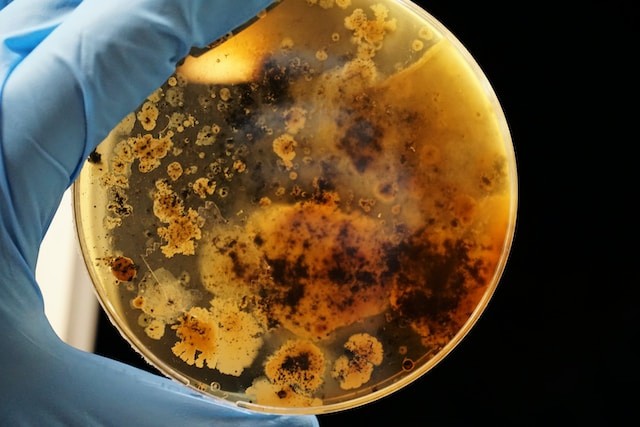Microorganisms are everywhere, even in places where we least expect them. Some of them are harmless or even beneficial for the natural dynamics of ecosystems, but others can cause diseases and epidemics in humans, animals, and plants.
A new study published in Current Opinion in Biotechnology sheds light on this question by revealing the mechanisms and factors that facilitate the global dispersal of harmful microorganisms through the upper layers of the atmosphere.
The intertropical zone as a highway for microbes

The study, led by researchers from the Spanish National Research Council (CSIC), combines microbiology and Earth system dynamics to understand how atmospheric currents transport microbes across continents and oceans, as per Phys.org.
The researchers analyzed the DNA of microorganisms present in the upper layers of the atmosphere, along with data from NASA satellites regarding the movement of large air masses and aerosols.
The results showed that the atmosphere, specifically the free troposphere, acts as a highway for many microbes, especially in the intertropical zone, where strong updrafts of warm air and converging winds from both hemispheres create a massive injection of aerosolized particles into the upper air.
Many microorganisms adhere to these particles, such as marine, fire, and desert dust, and ascend to the free troposphere, where they can travel thousands of kilometers and disperse throughout the world.
The researchers emphasized the importance of this zone for this phenomenon, as it is where most of the particle injection occurs.
They also pointed out that this zone is highly influenced by climate change and human activities, which can affect its dynamics and functioning.
The characteristics and strategies of airborne microbes
Not all microbes can survive and thrive in this aerial journey. They must have certain characteristics and adaptive mechanisms that allow them to stick to aerosols, lift to high altitudes, withstand extreme conditions such as low temperature, pressure, and humidity, and resist UV radiation, as per Earth.
Some microbes have developed strategies, such as forming spores, biofilms, or aggregates that protect them from environmental stressors.
The study found that most of the airborne microbes are innocuous or beneficial for ecosystems, such as nitrogen-fixing bacteria or fungi that decompose organic matter.
However, some of them are harmful or even deadly for humans, animals, and plants, such as fungi that cause wheat rust or coffee leaf rust, bacteria that cause anthrax or plague, or viruses that cause influenza or COVID-19.
The researchers suggested that these microbes may have evolved to exploit this mode of dispersal as a way to colonize new habitats or escape unfavorable conditions.
They also noted that some of these microbes may have co-evolved with their hosts or vectors, such as insects or birds, that can also travel long distances by air.
The impacts and challenges of global microbial dispersal
The global dispersal of microbes through the atmosphere has important impacts and challenges for human health, agriculture, and biodiversity, as per CEAB.
Some of these impacts are positive, such as the transfer of genetic diversity or beneficial symbionts among different regions.
However, some of them are negative, such as the introduction of invasive species, pathogens, or allergens that can cause diseases, epidemics, or crop losses.
The study also warns that this natural phenomenon is being exacerbated by human activities such as climate change, deforestation, and land degradation.
These activities increase the emission of aerosols and alter the dynamics of global air currents, which can enhance or modify the patterns of microbial dispersal.
Therefore, it is crucial to monitor and understand this phenomenon to prevent or mitigate its potential risks and consequences.
Related Article: Microbes Break Genetic Code Quite Often, Study Finds [Video]
© 2025 NatureWorldNews.com All rights reserved. Do not reproduce without permission.





